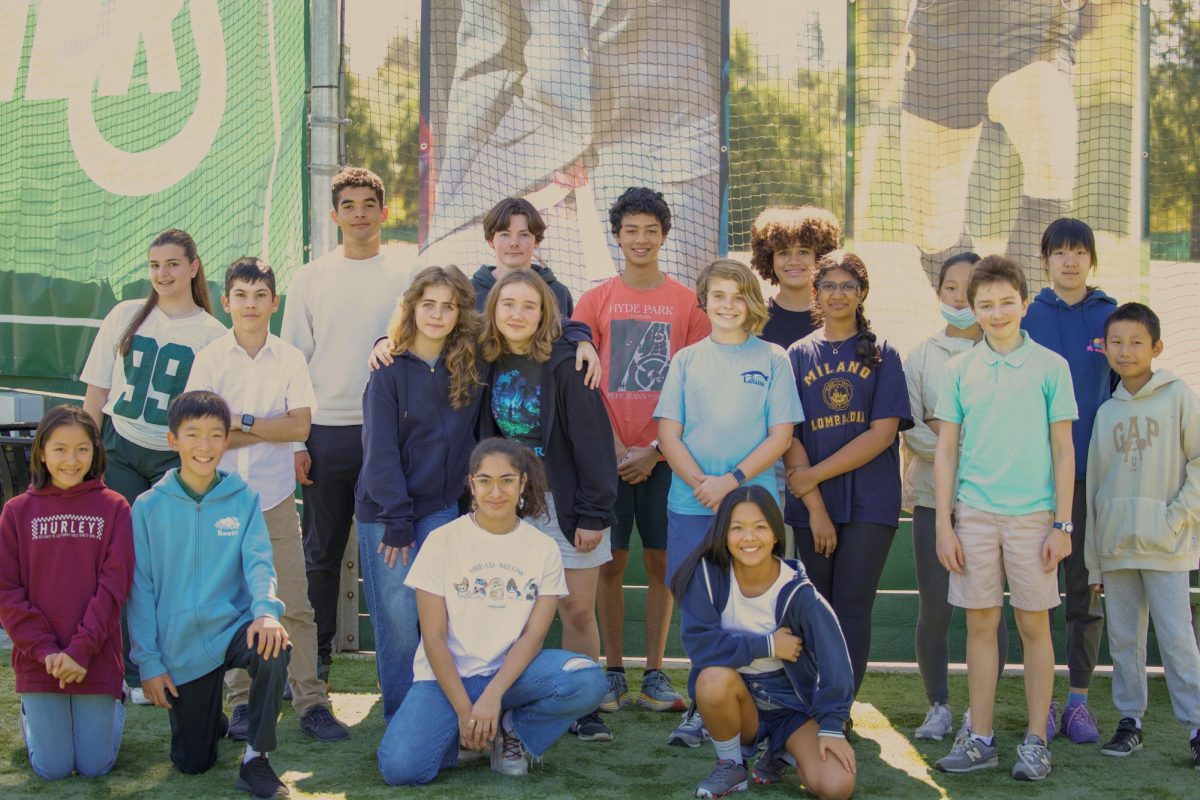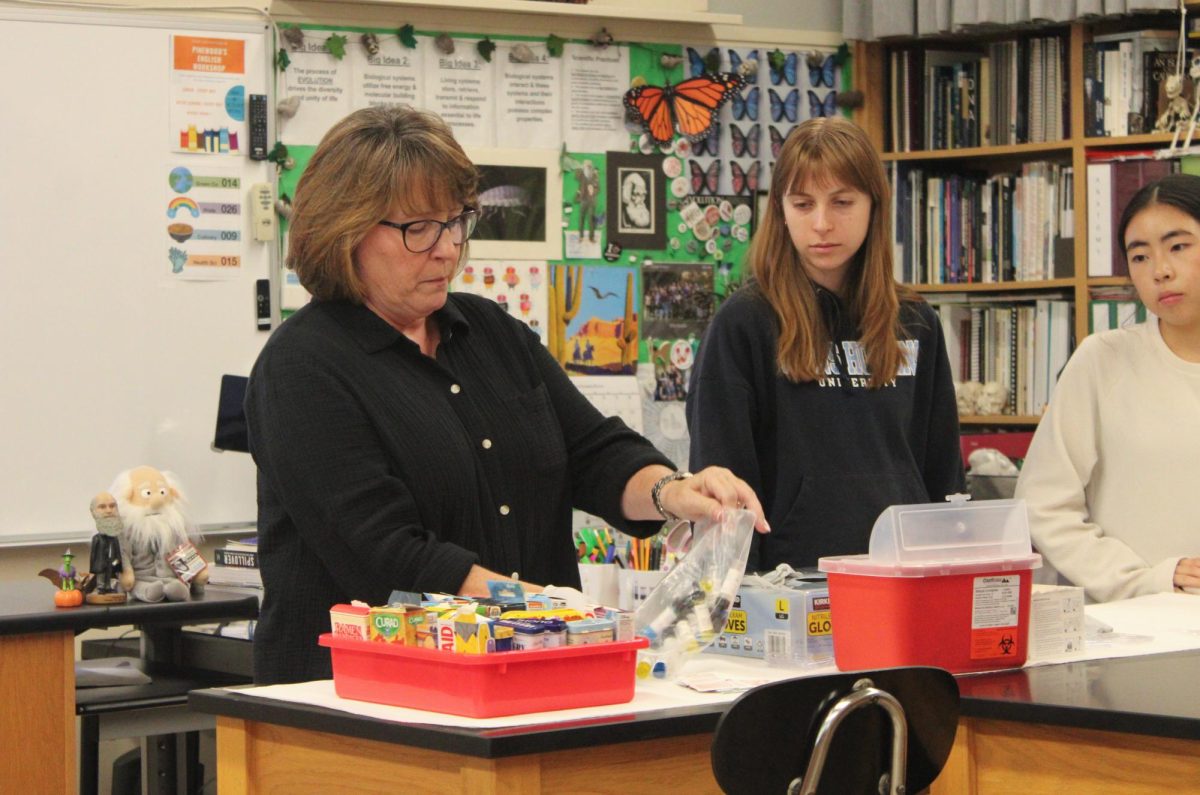Pinewood School’s annual blood drive, hosted by the Health Science Club, took place on Upper Campus on Thursday, Jan. 30. Partnering with Vitalant, which has about 115 donation centers across the country, the Health Science Club aims to help those in need by encouraging eligible donors in the Pinewood community to donate. They have collected enough blood to save the lives of 30 people and aspire to strive for even more donations in coming years.
“You never really know how much of a difference you can make, even if it feels like you can’t,” Prisha Mohapatra senior and co-president of the Health Science Club said.
To highlight the importance of donations, Vitalant reports that every two seconds, a patient in the United States needs a blood or platelet transfusion. Each unit of blood collected by the company at blood drives has the potential to help three people, underlining the impact of the Pinewood community’s contributions.
Senior Lacey Armistead donated plasma at the drive.
Having AB positive blood makes her a universal plasma donor, and she is grateful that she can donate to more people as a result.
“We’re all working together to provide that resource to help people through some of the roughest times of their lives,” Health Science Club advisor and science department head Kim Hudson said.
The Health Science Club was originally founded by Arielle Beak and Caroline Rodriguez-Steube of the Class of 2017 as a way to share their interest in becoming doctors someday. It has quickly evolved over the years.
The club has broadened its focus to the entire medical field in hopes of inspiring more students to join. From hands-on activities like CPR training, blood typing, and suturing, to hosting guest speakers, including doctors with various specialties, the club provides opportunities for students interested in exploring the medical field.
“I didn’t want to be a doctor, but I was definitely interested in the science and medical fields, so that inspired me to join,” senior and co-president Gabby Yang said. “[The Health Science Club] exposes students to the medical field by teaching and doing fun experiments.”
With the goal of expanding the club and hosting more impactful events like this blood drive in the future, Mohapatra and Yang hope that the club continues to thrive after they graduate this year.
“I want to make sure that we leave a good legacy and set this club up for success,” Mohapatra said. “[We want to] spread the fun of medicine and make a difference across campus.”




